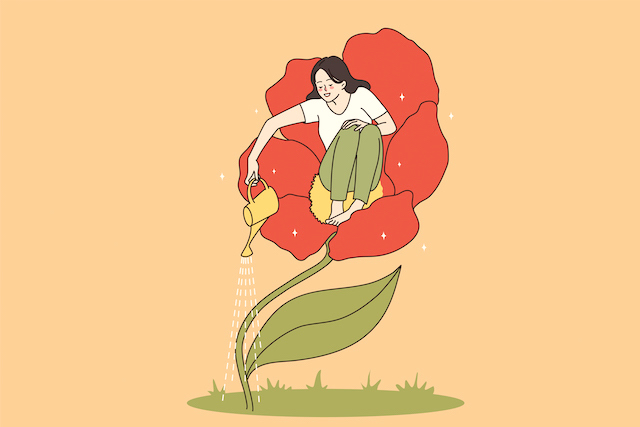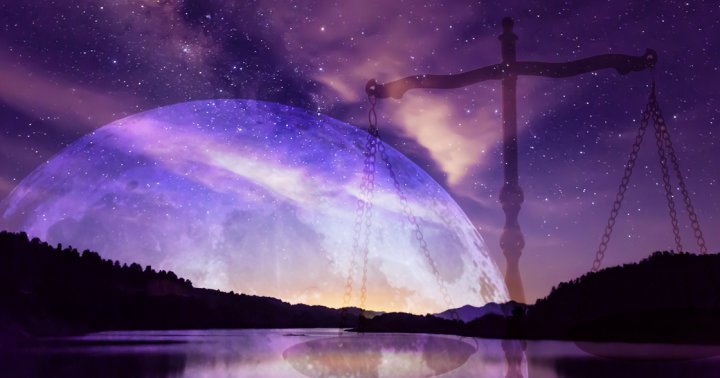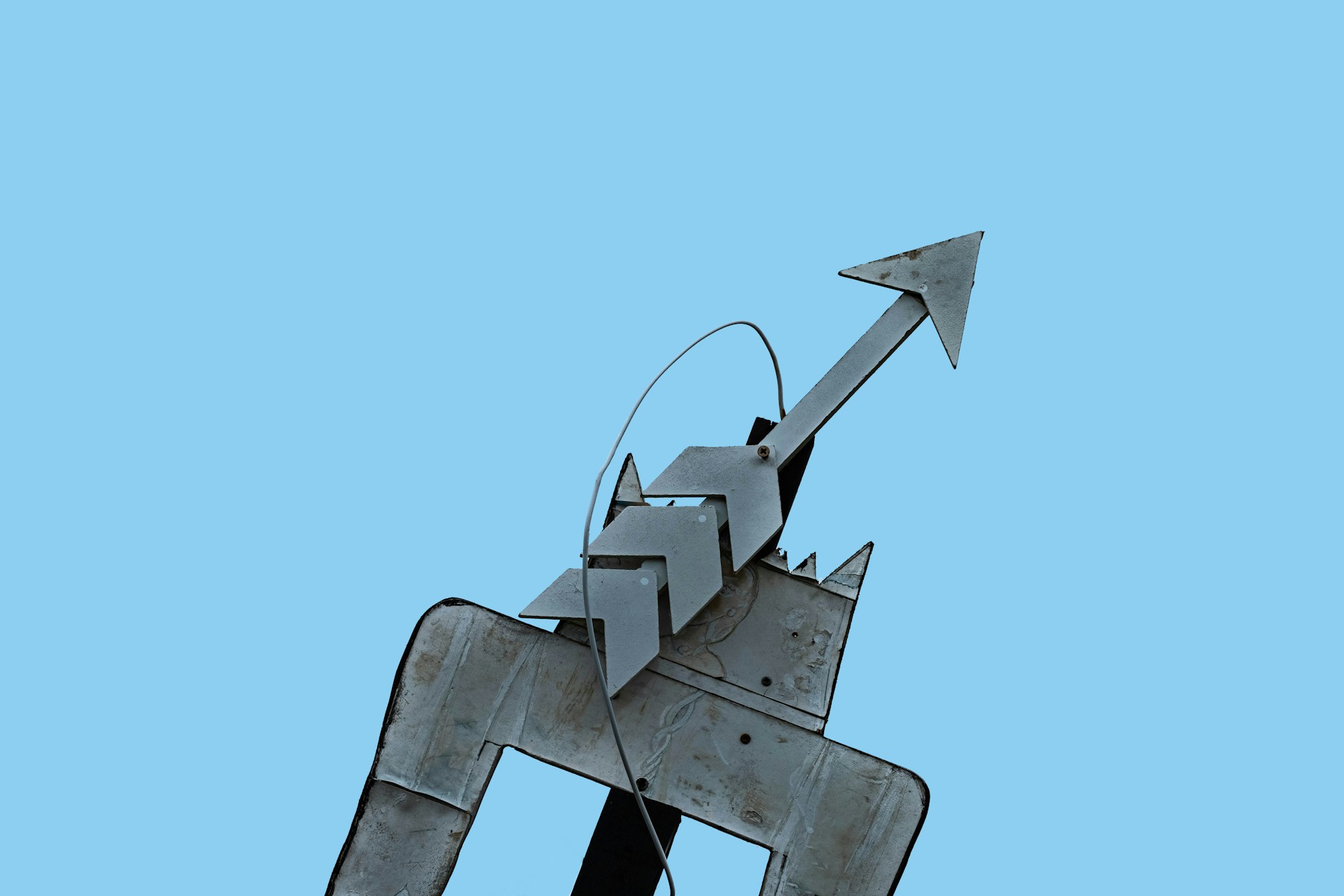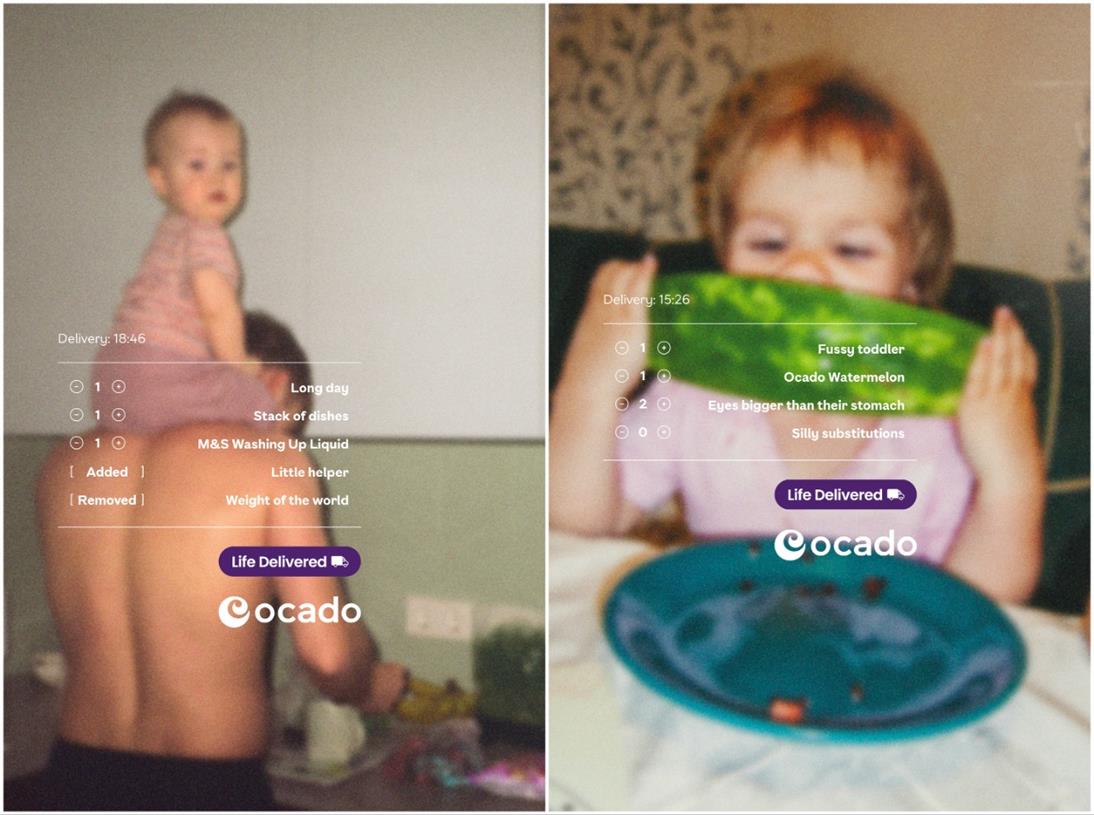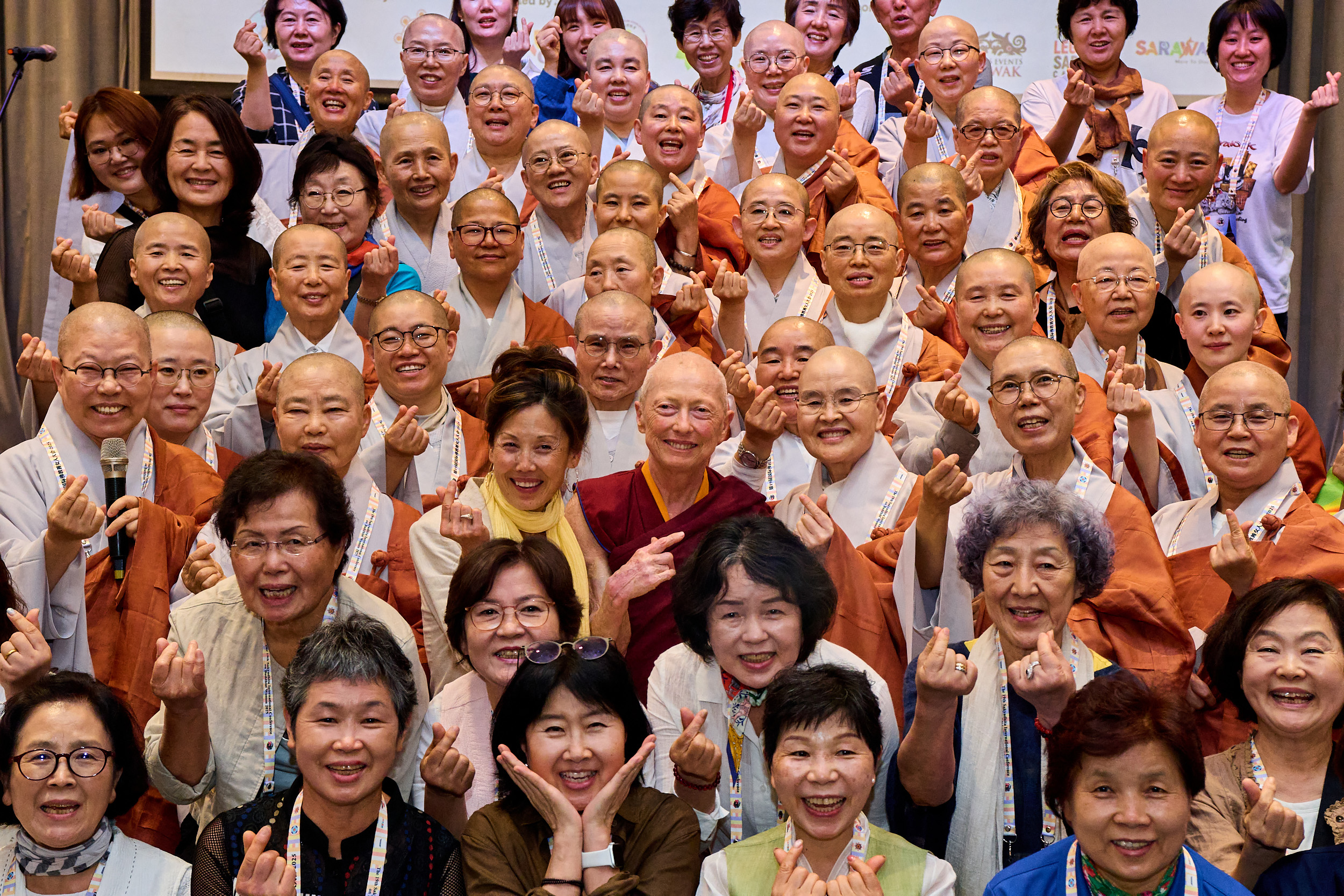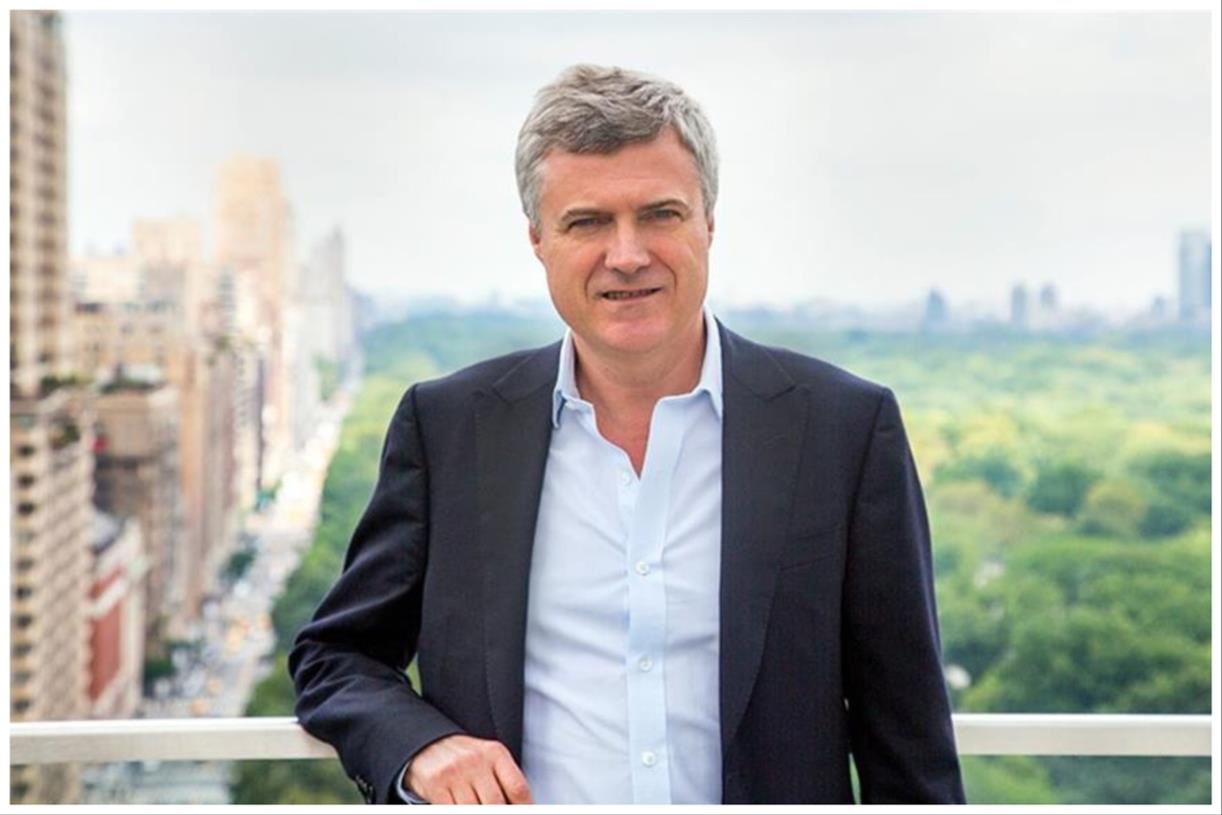Healing the Scars of History
Retreats are being held at Auschwitz, a former plantation, and a site where Indigenous people were massacred. Lindsay Kyte reports on how retreatants are finding freedom from their ancestral pain. The post Healing the Scars of History appeared first...

Retreats are being held at Auschwitz, a former plantation, and a site where Indigenous people were massacred. Lindsay Kyte reports on how retreatants are finding freedom from their ancestral pain.

Approximately a million people died at the Nazi concentration camp Auschwitz II-Birkenau. It was the largest of the more than forty camps and subcamps that made up the Auschwitz complex. Photo by INTERFOTO / Alamy Stock Photo
Standing on the grounds of the Auschwitz extermination camp, David Birenbaum lost control of his legs. “We had been meditating in the barracks, and the only position my body would go into was with my legs up in my chest and my face toward my knees, like a fetal position,” he says. “We were supposed to go outside to chant the names of the victims, but when I tried to get up, I physically could not move, because of the emotion.”
A man helped Birenbaum straighten his legs, but when he tried to walk, he started to shake uncontrollably. “I propped myself up on a pole and started to chant,” Birenbaum says. “And I added my parents’ names to those of the victims.”
Birenbaum was seventy-two, and this was his first trip out of the U.S.—to go to Poland, the homeland of his parents, to participate in Bearing Witness, a meditation retreat to help heal the multigenerational wounds of the Holocaust. His parents had been among the few who survived Auschwitz, but they—and he—never stopped suffering the trauma of that unfathomable experience.
You have to touch and taste and smell the intergenerational wounds. When you’re walking around with unconscious trauma, you’re doing things and holding things that shape you.” —Kabir Hypolite
“Being there, right on the grounds, there’s a conscious energy that comes forth,” says Birenbaum. “It came through my body, this terror that wanted to be transmuted into healing. It was like I found my purpose—to heal that energy and my relationship with my parents.”
The Bearing Witness Retreat is one of several programs operating today, including Deep Time Liberation (DTL) and Wolf Dream Mountain, that help retreatants heal from intergenerational trauma by traveling to the very locations where their ancestors faced horrors such as genocide and enslavement.

Participants of a Bearing Witness retreat at Auschwitz-Birkenau walk the grounds. “The energy came through my body,” says participant David Birenbaum, “this terror that wanted to be transmuted into healing.” Photo by Rev. Mikko Rakushin Kendō Ijäs, Ph.D, Zen Peacemakers Int.
Started in 1996 by the late Roshi Bernie Glassman, Jishu Holmes, Eve Marko, and Andrzej Krajewski of Zen Peacemakers, the Bearing Witness retreats help participants heal through contemplation amid the sights, sounds, and smells of the actual sites where their ancestors suffered so greatly. Through the use of Buddhist and other spiritual practices, participants are able to meet whatever comes up for them in this experience and share it with others. Once these feelings have been realized, both as ancestral pain and as a part of one’s own suffering, true healing can begin.
Bearing Witness is multifaith and multinational, but with a strong focus on the Zen Peacemakers’ three tenets developed by Roshi Bernie Glassman: not-knowing, bearing witness, and taking action. The retreat hosts fifty to eighty participants who visit different sites at Auschwitz and the nearby camp of Birkenau, both in silence and by chanting the names of the dead.
They sit in meditation by the train tracks at Birkenau and perform vigils and memorial services inside the barracks. Birenbaum went on this retreat to heal the lifelong anger he felt toward his parents for what was never discussed in their family. “I would have described my father as repressed and enraged,” he says. “I never understood why, on a somatic level.
Even though I knew my parents both had concentration camp numbers tattooed on their arms, when I stood on that ground it was the first time I actually faced and believed that my parents had been prisoners there. I finally understood in a real way that they faced unthinkable and unspeakable horrors. And I started to heal the scars of their noncommunication with me.”
Based in Poland, Joanna (Asia) Jakubowicz is one of the Auschwitz retreat coordinators. After first hearing about it, she waited for ten years to finally participate. “I was afraid of what fears would come up in me, being right there in a place where people suffered so much,” she says. “But at some point in my practice, I said, okay, I have to go through it. And all my fears didn’t come true. The opposite, actually.”

Ken Smith’s Hallelujah depicts the joy at the moment of emancipation. This statue is at the Whitney Plantation, the only former plantation in Louisiana with an educational focus on slavery. Photo by Devin Berry
Jakubowicz says it was the safe container Roshi Glassman designed for the retreat that made her able to face her fears. “The retreat contains all the necessary ingredients for people to feel safe in regards to anxieties we have about weather, food, disease, dying, or having our wounds open up.”
“We have teachers and spirit holders from different faiths and doctors on staff,” Jakubowicz says. “So people feel physically and emotionally safe.”
“I learned to have compassion and empathy for all the victims of war,” says Birenbaum, who notes that German people participate alongside those of Jewish descent. “The German descendants carry a tremendous amount of shame.”
Jakubowicz says arriving at an understanding of victim and perpetrator dynamics takes time and care, which the retreat is structured to offer. “We move forward in little steps, so your heart will open, and you can see your defenses.”
Though participants are prepared and in safe hands, it is impossible to predict how the body and mind will react to being on the actual grounds where atrocities were committed. Jakubowicz says this is the point of the retreat—to feel what you need to feel so you can begin healing. So the coordinators do not reveal all of the details of the retreat in advance, in keeping with the first of the three tenets.
“Not knowing is very crucial, so you can begin to notice your reactions, judgments, and assumptions in real time as you encounter different elements,” she says. “You try to stay open as much as possible to what you are experiencing and transform your anxieties as you face them.”
The first step of the retreat is socializing with other participants to create a sense of community, then walking the path of the victims carrying a suitcase on the train tracks. After museum visits and watching films, Jakubowicz says the terrible reality starts to sink in like a bucket of cold water when participants encounter the actual sites and procedures of the camps.
Being with others while experiencing this is key to healing, as the participants meet in groups of ten to process and share. “The sharing is like a door into our hearts,” Jakubowicz says. “We can hear others and we can feel ourselves and see that people are having completely different experiences.”

Retreatant Ginetta Glass in silent contemplation at the Whitney Plantation. Photo by Noliwe Alexander
Birenbaum says during his many moments of vulnerability while on retreat, people stepped up to help him. “That really spoke to how much we need each other in extreme circumstances,” he says.
Yet it is in such spaces of vulnerability and not knowing that we learn and grow, says Jakubowicz. “We become like one organism during the retreat. You connect on many levels.”
For Birenbaum, the growing and learning did not stop when he got home. “I’ve lived in the same house for forty years, and the pictures on the wall have been there for decades. After the retreat, I saw the pictures of my father in a new way. I would never have described him as being happy. I would have described him as enraged. But I saw his face in these pictures, he had these big smiles I had never noticed before. It was shocking.”
Birenbaum says the retreat has been deeply healing. “Standing in the place, facing being in the camp and what my parents encountered, then facing the effects of them not speaking to me and moving through that, allowed me to see in a more real way that they’re two souls like you and me, beyond being my parents,” says Birenbaum. “That has been life-changing.”
At the Whitney Plantation in Louisiana, Kabir Hypolite was walking by rows of ceramic black heads on poles commemorating those lost in the largest slave uprising in the history of the U.S. He stopped. He was shocked to see his own last name under one of the heads.
“I was devastated,” Hypolite says. “I didn’t know anything about the uprising and I certainly didn’t know that I would see the figure of a man with my last name, who very well could be a relative. I was trying to take in the enormity of it all and wondering, ‘What happened? Who were these people? Why is it that my name is on this monument?’”
Hypolite was there as a participant in Deep Time Liberation (DTL), which leads retreats for meditators affected by the ongoing trauma of the enslavement and oppression of their ancestors. DTL takes participants to sites of enslavement in the
American South to allow healing of the collective trauma of Black people from the African diaspora.
The program was started by Buddhist teachers Noliwe Alexander and Devin Berry, with Rosetta Saunders, a meditator, drummer, and educator, and DaRa Williams, a dharma teacher and psychotherapist specializing in trauma healing.
Alexander says that sometimes this generation has to dig deep to uncover the historical pain experienced by their ancestors. “In the South during the 1930s and forties, many Black folks left and never wanted to look back,” she says. “They didn’t speak about it. So they didn’t pass on that history. Many of us in the African American community hold our secrets very close to us.”
But the suffering is still passed on. “When we think about epigenetics,” Alexander says, “it has been proven, scientifically, that this trauma remains in your body, passed on in the gene pool. So how do we unearth that so we can heal it? That’s the work we do. And we walk the actual paths they walked to do it.”
The first retreat was in April 2018, in New Orleans, with twelve meditators of African American, African Caribbean, and African Latino origin. After time spent bonding with each other, meditating, and drumming, the participants set up an altar to honor their ancestors.
“We ask them to bring pictures,” says Alexander. “And then we have them bring voice to those in the photos—who do you want to call in? I’m calling in my grandmother, who was born in Birmingham, Alabama, to a Russian Jew and a Black woman.”
Once the ancestral energy has been honored, participants travel to places of ancestral suffering to experience what arises there. The Whitney Plantation is one of the only in the country to narrate the horrors of slavery from the perspective of the enslaved people. And while Kabir Hypolite had been prepared to sit with its memorials to infants, children, and adults who lived and died on the plantation, he was not expecting what arose in him when he found his own name.
“I remember being flooded with outrage,” he says. “It’s incredible being there. The ancestral energy comes up through your feet. This is an embodied work. We are on the actual sites of enslavement. It’s not just theoretical. We feel it viscerally in ourselves.”
The DTL founders designed the retreat curriculum to feature teachings and meditations based on self-compassion, the benefactor, equanimity, and joy. “We wanted to guide people through their woundedness and recognize we are not in this alone,” says Alexander. Teachers and participants tell their own stories and learn to sit with what they experience in their bodies.
“You don’t have to be a Buddhist or even a meditator,” says Alexander. “We offer the components of compassion and loving-kindness in order for people to be held in a really safe container.”
Hypolite found his way through his own pain and outrage by turning to others in the retreat. “Through the process of practice and community connection with the group after we came back, all of that changed to having a sense of pride,” he says.
Alexander says Buddhism’s four noble truths tell us that we are all sufferers. “But as black bodies or brown bodies or white bodies,” she adds, “we also have to understand the other aspect of our conditionality. So we have to look at who are we now. Where do we come from? What were the conditions that brought our ancestors to this table of ours?”
The retreat also traveled to the port in Charleston, South Carolina, where enslaved people first came, and a marketplace where slaves were auctioned off. The retreat ended with two days in New Orleans, which features one of the first slave ports established in the British colonies and St. Augustine’s Church, which houses the tomb of the unknown slave. The DTL teachers then created a safe space for participants to process, share, and acknowledge what they had encountered.
“You have to touch the thing that you’re being liberated from. You have to sit with it, witness it,” says Hypolite. “You have to touch and taste and smell the intergenerational wounds. When you’re walking around with unconscious trauma, you’re doing things and holding things that shape you, and you do not even know exactly what it is that’s running through you.”
Participants say they’re more in touch with their family history after the retreat, says Alexander. “They have recognized the resilience of their ancestors—that they can actually stand on their shoulders now. We’ve had people who have been adopted, who didn’t know their birth parents, but had a name and started searching and then found this great way of opening their hearts to what may have been closed. Others have found patterns in their family history that made them look at themselves. This work is very, very powerful.”

A traditional teepee overlooks the valley of Wolf Dream Mountain retreat site, where multiple massacres of the Yuki people occurred in the late 1850s. Photo courtesy of Imee Contreras
DTL moved its retreats online during the height of the pandemic. Now that they have returned to in-person retreats, Alexander says there’s an even greater need and longing for such work.
“Lots of things have happened around African American presence in recent years,” she says. “There is strength in our knowledge of what has happened in our past, based on white supremacist actions, and then looking at what is happening now to realize that it’s always been there. It was just under the covers. This is a moment people are saying, ‘I need to become aware. I need a greater way of resting in this truth of who I am and who came before me.’”
Alexander says the bravery of standing in places of suffering produces healing that goes in all directions. “Buddha said to understand it and then you can release it. We’re not talking about letting go. We’re understanding it. We’re healing for our ancestors who couldn’t. We’re healing for future generations.”
No one wanted to buy the hundred-acre spread of beautiful trees, streams, and wildlife in Mendocino County, California. It was said to have bad energy associated with it. Previous owners said anything they tried to make happen on the land failed. They said it was almost like something on the land prevented them from doing their work.
Verlinda Montoya, who is Native American—Hopi-Tewa and adopted Lakota—saw this land twelve years ago and fell in love with it. She bought it and named it Wolf Dream Mountain. But standing on its grounds, she felt the angry energy experienced by the previous owners, and she knew why it was there.
“This is where the Yuki Indians were living when the genocide occurred,” Montoya says. When the invaders arrived in 1854, they found the Yuki in this peaceful valley. “About a mile away, there is what we call ‘Bloody Rock,’” Montoya says. “The invaders gathered up the women and children and forced them to jump off a cliff, down over two hundred feet, to their death.”
Montoya decided that her first step would be to facilitate the healing of the land itself. Montoya knew she needed to show her respect for the ancestors as the new owner of the land. Leading a vision quest, she sat with the ancestral energy.
“I thought, I just need to talk to them,” she says. “I picked up the sacred pipe, and I simply said, ‘I’m very sorry. I didn’t ask to be here. May I have your permission?’ I explained to them who I was and that we were here to do a sacred prayer for healing the land and all the souls who had never crossed over.”
Montoya recalls saying, “If you understand me, show me, give me a sign.” A big whirlwind appeared right in front of the altar and vanished. Then the whole land became calm.
Afterward, a medicine person told Montoya that the land held thousands of spirits who never crossed over after being killed there. They did a ceremony to sing and let them cross. “All of a sudden I felt hundreds of footprints going over me, heading in the direction of the East,” says Montoya. “It was beautiful. Then the medicine person said some spirits have decided to stay to do generational healing.”
Thus began Wolf Dream Mountain’s journey as a home for retreats to heal historic and ancestral pain for current generations. “One of the things my land is known for is that when you step on it, you feel the energy of those ancestors helping,” says Montoya. The same ancestors who once rued the presence of strangers on the land now welcome and help those who come seeking understanding and healing.
Montoya leads both Native American ceremonies and meditation retreats there. “I work with Noliwe Alexander, and we have a Deep Renewal Retreat for BIPOC women who want to connect to their Indigenous roots,” says Montoya. Teachings in the retreat include ancestral healing, mindfulness, meditation, and ceremonies. “We encourage them to spend time connecting to the energies of the land and to their roots to begin to understand where their story began.”
Montoya explains how ceremonies and retreats share the common goal of connecting to what is around us. “The vision quest ritual is where people go up on the mountain and fast, sing, and pray for four days and four nights in front of a sacred altar,” she explains. “The purpose is to silence the mind, with no distractions. It’s just you, nature, and your higher power. And because we go into a fasting state, we calm our whole bodies. So it’s a mind/body/spirit calm. That leaves us the opportunity to be more open and receptive to hearing and seeing what’s around us with more clarity and understanding. Then you can tap into some deeper aspects of who you are.”
Dr. Ellen Faryna is a psychologist who has participated in many Wolf Dream Mountain events over the years to heal her family trauma. “There’s something very strong about that land,” Faryna says. “You feel like you’re the visitor, not the inhabitant. So you need to be respectful and listen to what is happening around you.”

At a Cross-Cultural Medicine Wheel ceremony, Wolf Dream Mountain retreat founder Verlinda Montoya (center, in red) joins singers in regalia representing their individual cultures. Photo by Ethel Morgenstern.
Faryna, who is white, says she has learned both self-compassion and connection in working with Montoya on the land. “Verlinda teaches us that we need to pray for ourselves as well as others. This aligns with the self-compassion and self-care practices coming to the forefront out of the mindfulness and meditation movement in the last decade or two,” she says.
Faryna says she is now more aware of who she is in connection to others. “You have to be mindful of the energy you bring to a group when you are so open,” she says. “I noticed that I’d get angry about something or ticked off or grumpy. It happens because we all get tired. It’s not a vacation. It’s a lot of work and focus and being present. So if I’m not in a good space, I need to remove myself.”
Being so open is a victory for Faryna, who had learned to guard herself because of trauma. “I did discover in doing this work that I had separated myself a lot. It’s helped me learn not to be so darn independent and to open up to connecting with others and what is around us. It’s taken me much of my lifetime to understand that we can’t do things on our own.”
At Wolf Dream Mountain, participants are well taken care of as they embark on their journeys. “There is a community of people who support each event. We have fire keepers, singers, kitchen help, and each participant has a supporter who looks out for them before they go up on the mountain and after they come down,” Montoya says.
Yet Montoya says that part of the Native American teachings is that each of us has our own journey. “We’re all here for a reason, and we all have our path to walk,” she says. “These rituals, ceremonies, and retreats are designed to help us find our authentic self through getting comfortable with silence. Because it’s through that silence that many things can be revealed to us.”
Montoya says she feels honored that over the last twelve years this land has become such a place of healing. “In the Native American culture, we firmly believe that if we walk in the footprint of our ancestors, we’ll live more in balance and harmony with Mother Earth,” she says. “So I feel like there has been some healing not only for the people doing the retreat, but for the trauma on the land.”
This restores the balance the Yuki who once lived on this land had with it. “The Indigenous people, before invaders came, lived in harmony with their environment. It was very community-based. Everybody was equal and everybody was taken care of,” says Montoya.
“So much of the healing right now for Indigenous people is trying to be free of the pain and suffering that our ancestors had to deal with. Wolf Dream Mountain has become a place where people feel like the land itself wants to heal them.”

 Astrong
Astrong 








